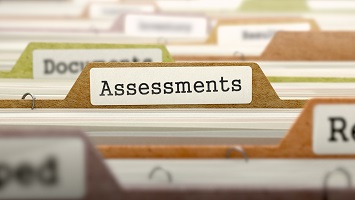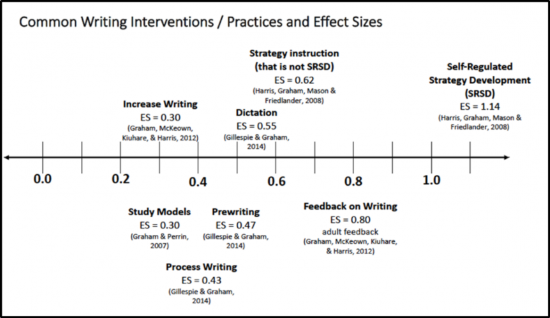Our overarching goal is to improve student outcomes. We want all of our students to be successful, independent, and engaged adults. Educators and school systems accomplish this goal through the implementation of evidence-based practices. When implemented, many strategies in behavior management, curricula, teaching methods, and other educational areas can be evaluated for effectiveness in improving student outcomes. For example, a teacher could implement a new English curricula over the span of one year and compare any change in standardized testing scores from before and after the use of the new curricula.
 However, one factor that can be difficult to measure are programs that are intended to improve students’ post-school outcomes. How do we know if a program we implement in school such as work-based learning improves a student’s likelihood of becoming employed or living independently as an adult? This kind of measurement requires longitudinal data which can be costly and challenging to gather.
However, one factor that can be difficult to measure are programs that are intended to improve students’ post-school outcomes. How do we know if a program we implement in school such as work-based learning improves a student’s likelihood of becoming employed or living independently as an adult? This kind of measurement requires longitudinal data which can be costly and challenging to gather.
Fortuitously the National Post-School Outcomes Center, in collaboration with U.S. Department of Education, has published a summary of results from high quality correlational studies of the impact of in-school programs on student post-school success (http://www.transitionta.org/sites/default/files/postsecondary/AlignEBPP_Resources_PSS_FINAL_2014.pdf ). The following programs have been shown to improve the likelihood that students will be successful after school:
In order to measure the effectiveness of our transition programs and how well we prepare students for their post-school lives, we can measure the presence of the programs listed above using the Predictor Implementation Self-Assessment Tool (http://www.transitionta.org/sites/default/files/postsecondary/Predictor_Self-Assessment.final_08_10_15.pdf). A review of the assessment tool will help you measure the effectiveness of your transition programs and guide best practices.


 Data-Driven Decision-Making
Data-Driven Decision-Making  Increasing Post-School Success through Interagency Collaboration
Increasing Post-School Success through Interagency Collaboration  How Can We Improve Deeper Learning for Students with Disabilities?
How Can We Improve Deeper Learning for Students with Disabilities?  Positive Classroom Management: Creating an Environment for Learning
Positive Classroom Management: Creating an Environment for Learning  Self-Determination Skills Empower Students of All Ages
Self-Determination Skills Empower Students of All Ages  Fidelity of Implementation: What is it and Why does it Matter?
Fidelity of Implementation: What is it and Why does it Matter?  Rethinking Classroom Assessment
Rethinking Classroom Assessment  A Three-Step Approach to Identifying Developmentally Appropriate Practices
A Three-Step Approach to Identifying Developmentally Appropriate Practices  Transforming Evidence-Based Practices into Usable Innovations: A Case Study with SRSD
Transforming Evidence-Based Practices into Usable Innovations: A Case Study with SRSD